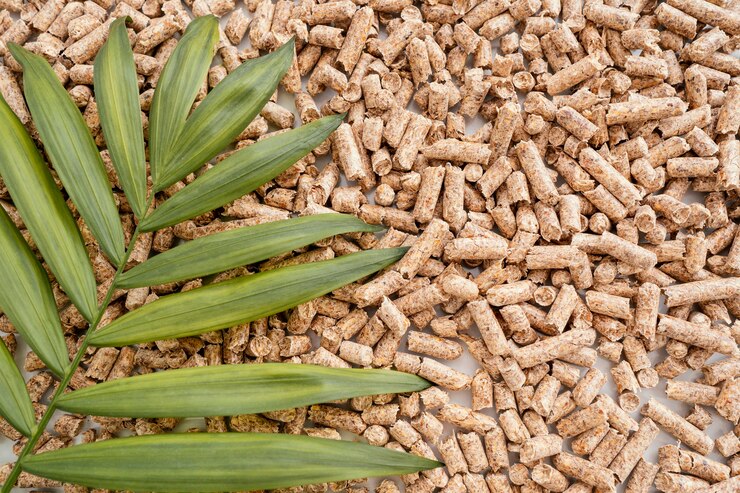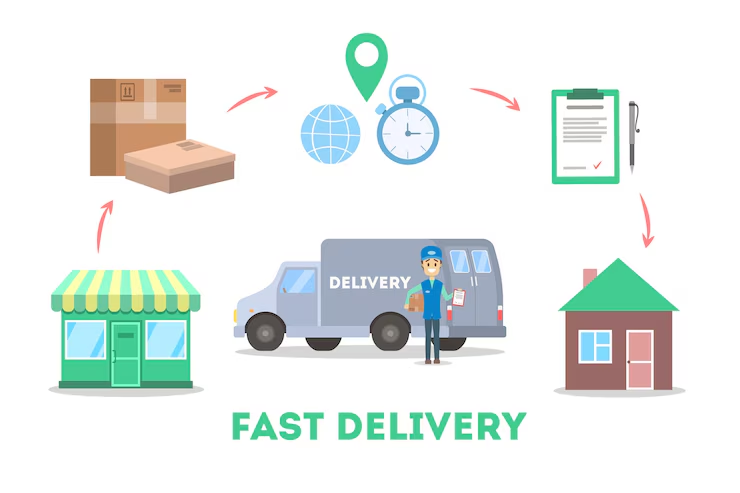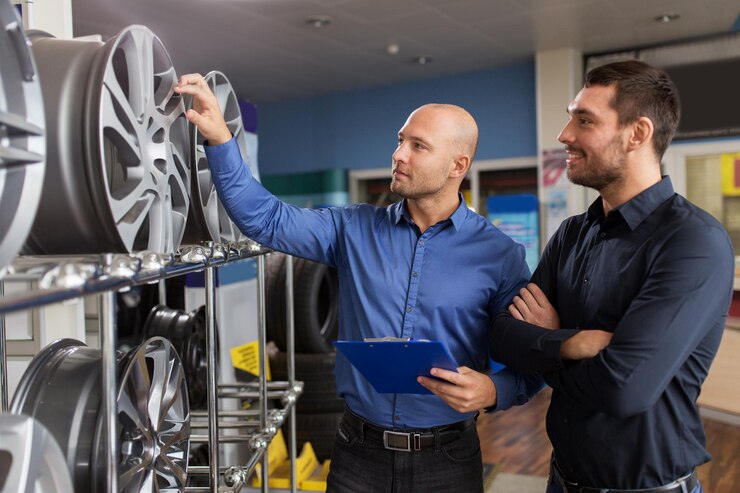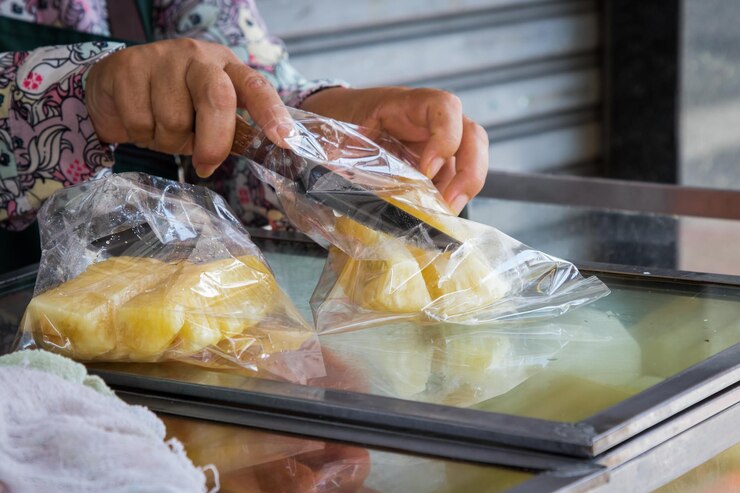pelletierung emerges as a pivotal technology transforming industries. This fascinating process converts various raw materials into compact, easy-to-handle pellets. But what exactly is pelletierung, and why is it gaining traction across multiple sectors? This comprehensive guide will unravel the intricacies of pelletierung, offering insights into its processes, applications, and future potential.
Introduction to Pelletierung
Pelletierung, or pelletization, is a process that compresses fine powdery substances into small, dense pellets. These pellets are not only easier to store and transport but also enhance the usability of the raw material. From agriculture to pharmaceuticals, pelletierung plays a crucial role in optimizing material handling and efficiency. Understanding pelletierung is vital for industries seeking to improve their production processes while reducing waste.
The significance of pelletierung cannot be overstated. In the agricultural sector, for instance, converting feed into pellets increases its density, making it easier to handle and store. In the energy industry, biomass pellets serve as a sustainable fuel alternative, contributing to cleaner energy production. This diverse range of applications highlights the versatility and importance of pelletierung technology.
For businesses looking to stay ahead in a competitive market, harnessing the power of pelletierung can lead to significant advantages. By investing in this technology, companies can streamline their operations, reduce costs, and contribute to environmental sustainability—a win-win for both the business and the planet.
The Pelletierung Process
The pelletierung process is a sophisticated series of steps designed to transform raw materials into uniform pellets. It begins with raw material preparation, where the input substance is cleaned, dried, and ground to an appropriate size. This preparation is crucial, as it determines the quality and consistency of the final pellets.
Once prepared, the raw material is fed into a pellet machine, where it undergoes compression. The machine exerts high pressure, forcing the material through a die to form pellets. This step is where the magic happens, as the material transitions from a loose powder into solid, cohesive pellets ready for use.
After pellet formation, post-production handling ensures the pellets meet quality standards. This includes cooling the pellets to prevent them from sticking together and screening to remove any broken or irregular pellets. Proper handling and storage are essential to maintain pellet quality and facilitate easy transportation.
Types of Pellet Machines

Pellet machines come in various types, each designed for specific applications and material types. Flat die pellet mills are popular for small-scale operations due to their simplicity and affordability. They are typically used for producing feed pellets and small-scale biomass fuel.
Ring die pellet mills, on the other hand, are suited for large-scale industrial production. Their design allows for continuous operation and higher output, making them ideal for large-volume applications like wood pellet production. These machines are a staple in industries requiring high-capacity pelletization.
Additionally, there are specialized pellet machines designed for processing unique materials, such as pharmaceutical powders or recycling waste. These machines incorporate advanced features to handle the specific challenges of each material, ensuring high-quality pellet production across diverse industries.
Advantages of Pelletierung
Pelletierung offers numerous advantages that make it an attractive choice for various industries. Economically, it reduces transportation and storage costs by increasing the material’s bulk density. This is especially beneficial for industries dealing with large volumes of material.
Environmentally, pelletierung contributes to sustainability by enabling the use of renewable resources. Biomass pellets, for instance, provide a cleaner alternative to fossil fuels, reducing greenhouse gas emissions and reliance on non-renewable energy sources.
Practically, pellets are easier to handle and process than loose materials. Their uniform size and shape streamline feeding operations in automated systems, improving efficiency and reducing waste. These benefits make pelletierung a valuable tool for enhancing operational effectiveness and sustainability.
Common Uses of Pelletierung
Pelletierung finds applications across a wide range of industries, testament to its versatility and utility. In agriculture, animal feed is commonly pelletized to improve nutrient absorption and reduce waste. The uniformity of feed pellets ensures that livestock receive consistent nutrition, leading to healthier animals and increased productivity.
In the energy sector, pelletized biomass serves as an efficient and sustainable fuel source. Biomass pellets are used in power plants and home heating systems, providing a renewable alternative to coal and other fossil fuels. Their high energy density and low moisture content make them an ideal choice for clean energy production.
The pharmaceutical industry also benefits from pelletierung, where it is used to create uniform drug pellets. This ensures accurate dosing and controlled release of active ingredients, improving medication effectiveness and patient outcomes. The precision and consistency offered by pelletierung are critical in this highly regulated field.
Factors Affecting Pellet Quality
Several factors influence the quality of pellets produced during the pelletierung process. One of the most critical factors is raw material moisture content. Materials that are too wet or too dry can result in poor pellet formation and reduced durability. Achieving the optimal moisture level is key to producing high-quality pellets.
The type of binding agent used also affects pellet quality. Binding agents help hold the pellets together, improving their strength and resistance to breakage. Selecting the appropriate binding agent is crucial, as it directly impacts pellet integrity and performance.
Finally, the settings of the pellet machine, such as die size and compression pressure, play a significant role in determining pellet quality. Fine-tuning these parameters ensures that the pellets are compact, uniform, and robust—attributes that are essential for their intended applications.
Sustainable Practices in Pelletierung
Sustainability is a growing concern across industries, and pelletierung offers several opportunities to support eco-friendly practices. By utilizing renewable resources like biomass, pelletierung reduces reliance on non-renewable energy sources, contributing to a more sustainable energy landscape.
Implementing such technologies can help businesses achieve their sustainability goals while maintaining profitability.
Additionally, the use of environmentally friendly binding agents and additives can enhance the sustainability of the pellet production process. These practices not only benefit the environment but also improve the marketability of the pellets, appealing to eco-conscious consumers and partners.
Future of Pelletierung

The future of pelletierung is bright, with several trends and technologies poised to shape its evolution. Advances in AI and machine learning are set to revolutionize pellet machine operation, enabling more precise control and optimization of the pelletization process.
Emerging materials, such as bio-based polymers, offer new opportunities for pellet production. These materials can enhance pellet properties and expand the range of applications for pelletierung technology, driving innovation and growth in the industry.
The increasing focus on sustainability is likely to spur further developments in biomass pellet production and use. As businesses and governments commit to reducing carbon emissions and promoting renewable energy, pelletierung will play an increasingly important role in achieving these objectives.
Conclusion
Pelletierung is a powerful tool for modern manufacturing, offering economic, practical, and environmental benefits across various industries. Its ability to enhance material handling, reduce costs, and support sustainability makes it a valuable asset in today’s competitive market landscape.
By understanding the process, applications, and future potential of pelletierung, businesses can harness its capabilities to drive innovation and efficiency. Whether in agriculture, energy, or pharmaceuticals,







